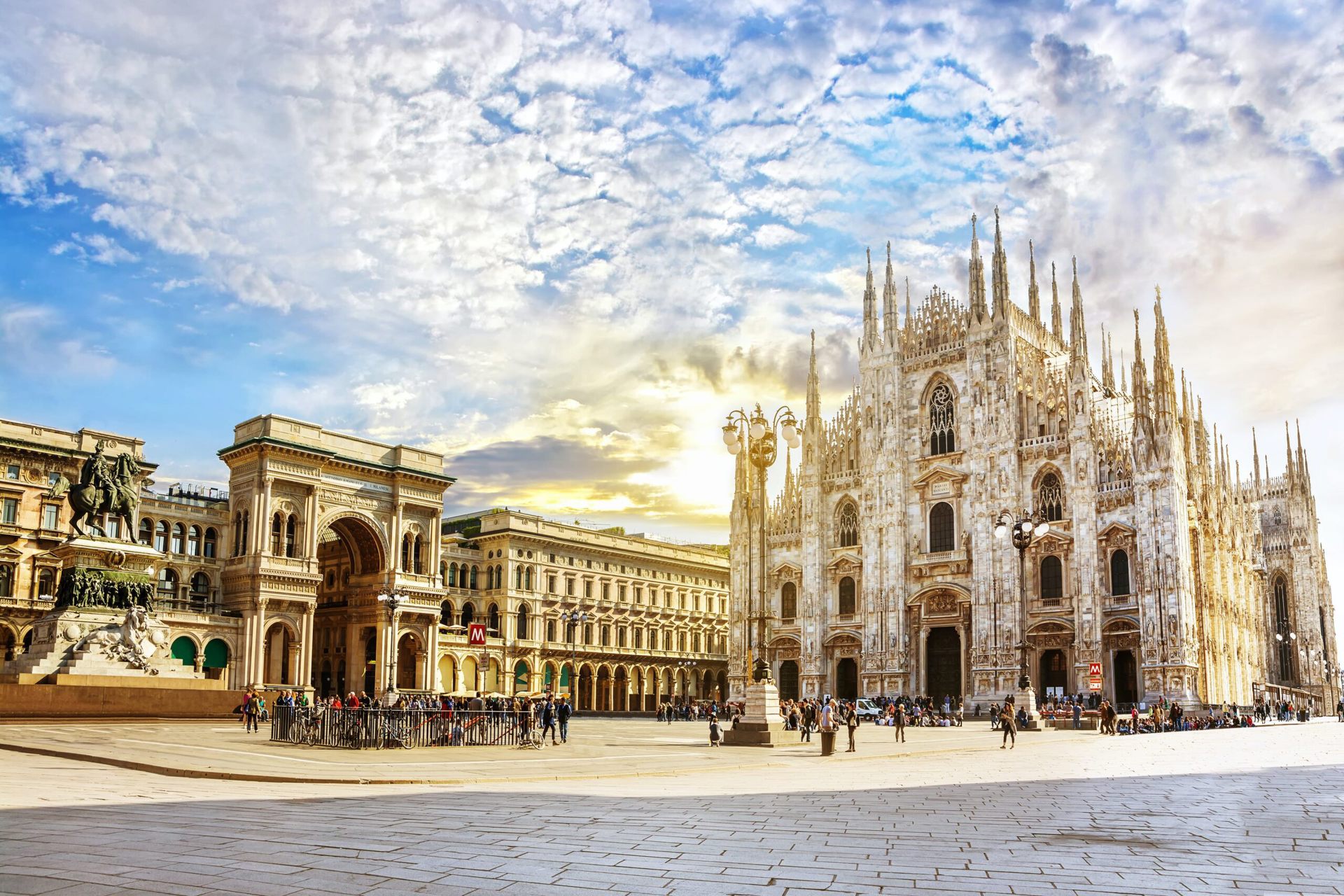
THE EDUCATION SYSTEM IN ITALY
Italy’s education system combines public, private, and international schools, offering a wide range of programs from early childhood to university level. Education is structured into several key stages:
1. Early Childhood Education (Scuola dell’infanzia)
- Ages: 3–6 (not compulsory)
- Mainly play-based learning to prepare children for primary school.
- Offered by public, private, and church-run institutions.
2. Primary Education (Scuola primaria)
- Ages: 6–11 (compulsory)
- 5 years total.
- Focuses on Italian language, mathematics, science, history, geography, and a foreign language (usually English).
3. Lower Secondary Education (Scuola secondaria di primo grado)
- Ages: 11–14 (compulsory)
- 3 years total.
- Ends with a national exam to access upper secondary school.
4. Upper Secondary Education (Scuola secondaria di secondo grado)
- Ages: 14–19 (compulsory until age 16, but most continue until 19).
- Students choose between:
- Liceo (Academic Track): Classical studies, sciences, arts, languages. Prepares for university.
- Istituto Tecnico (Technical Track): Focus on applied sciences, business, technology.
- Istituto Professionale (Vocational Track): Prepares students for trades and professions.
Graduates receive the Diploma di Maturità, required for university admission.

5. Higher Education (Università and AFAM Institutes)
- Types of institutions:
- Universities: Offer academic degrees (BA, MA, PhD).
- AFAM (Alta Formazione Artistica e Musicale): Specialized academies for arts, music, and design (where schools like NABA, Istituto Marangoni, and Domus Academy fall under).
- Degree structure (aligned with the Bologna Process):
- Laurea (Bachelor’s): 3 years
- Laurea Magistrale (Master’s): 2 years
- Dottorato di Ricerca (PhD): 3+ years
INTERNATIONAL AND PRIVATE EDUCATION
- Many students (especially expats) attend international schools (offering IB, A-Levels, or US curriculum) or private institutions like Istituto Marangoni, NABA, and Domus Academy, which specialize in art, design, and fashion.
- Most programs are offered in English, especially at the university level.
Why Studying in Italy: What Makes It Unique?
Italy offers not just world-leading academic programs but also the opportunity to immerse oneself in a culture that harmoniously blends the old and the new. University campuses are often housed in historic buildings, surrounded by art, architectural marvels, and lively social scenes. Italian universities emphasize research, critical thinking, and international cooperation, making them increasingly attractive to students worldwide.
- Tuition and Scholarships: Compared to other Western European countries, tuition rates in Italy are relatively affordable, with many scholarships available for international students.
- Language: While many programs, especially at the graduate level, are taught in English, studying in Italy is also a chance to learn or improve Italian, a language recognized for its musicality and cultural influence.
- Student Life: Italian university cities are vibrant, with bustling cafes, museums, theaters, and a calendar full of festivals and events.
- Employment Opportunities: Italy’s connections to European and global markets offer graduates a variety of career prospects, especially in fields like engineering, fashion, design, business, and the arts.
From the medieval corridors of Bologna to the innovative labs of Milan, Italy’s universities invite students on a journey that is both academically rigorous and culturally enriching. Whether one’s passion lies in the sciences, humanities, engineering, art, or fashion, Italy offers a world-class education amidst the beauty of one of the world’s most captivating countries. For those considering studying abroad or seeking a top-tier academic experience, Italy’s universities stand as beacons of knowledge, tradition, and innovation.
